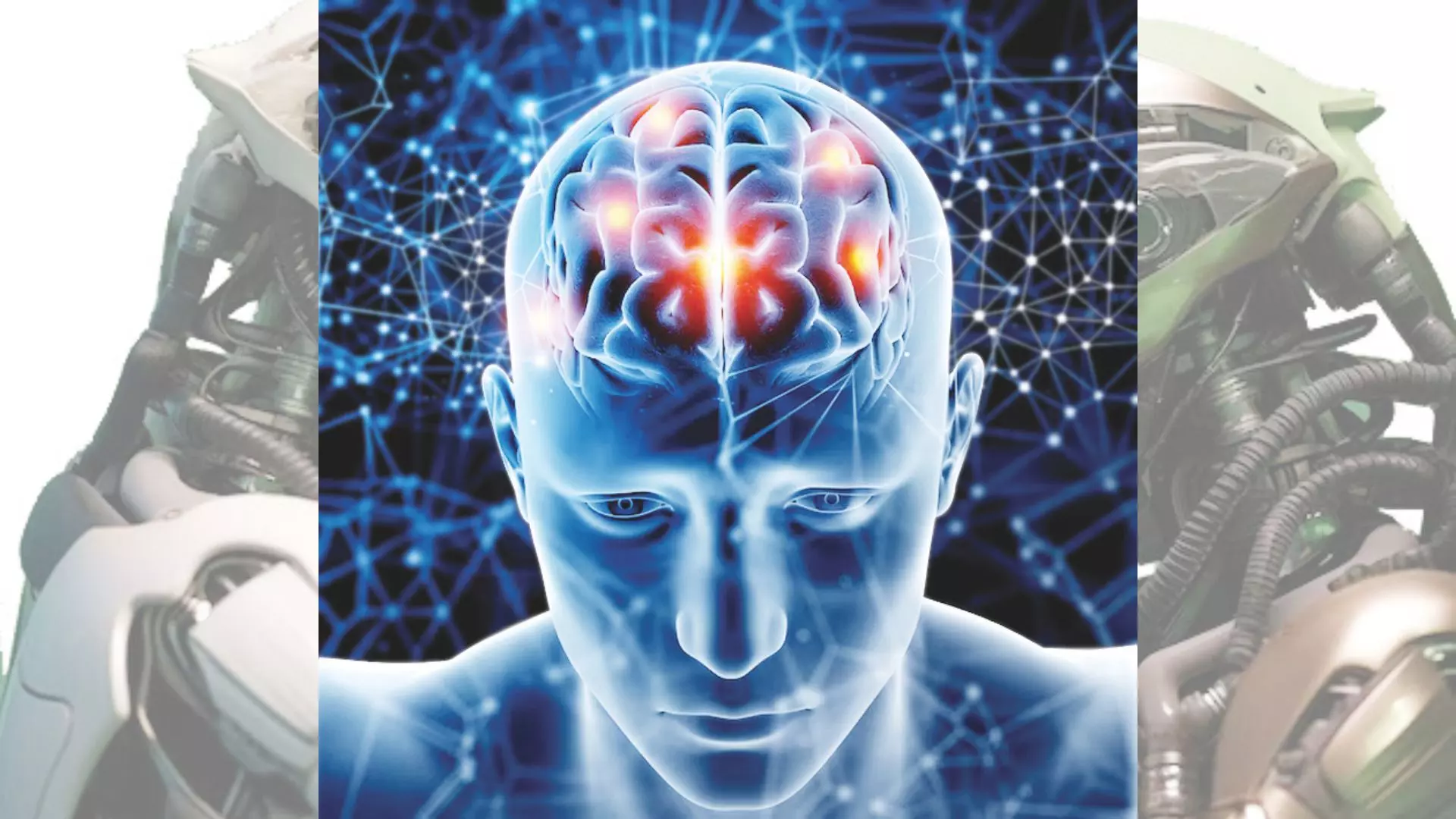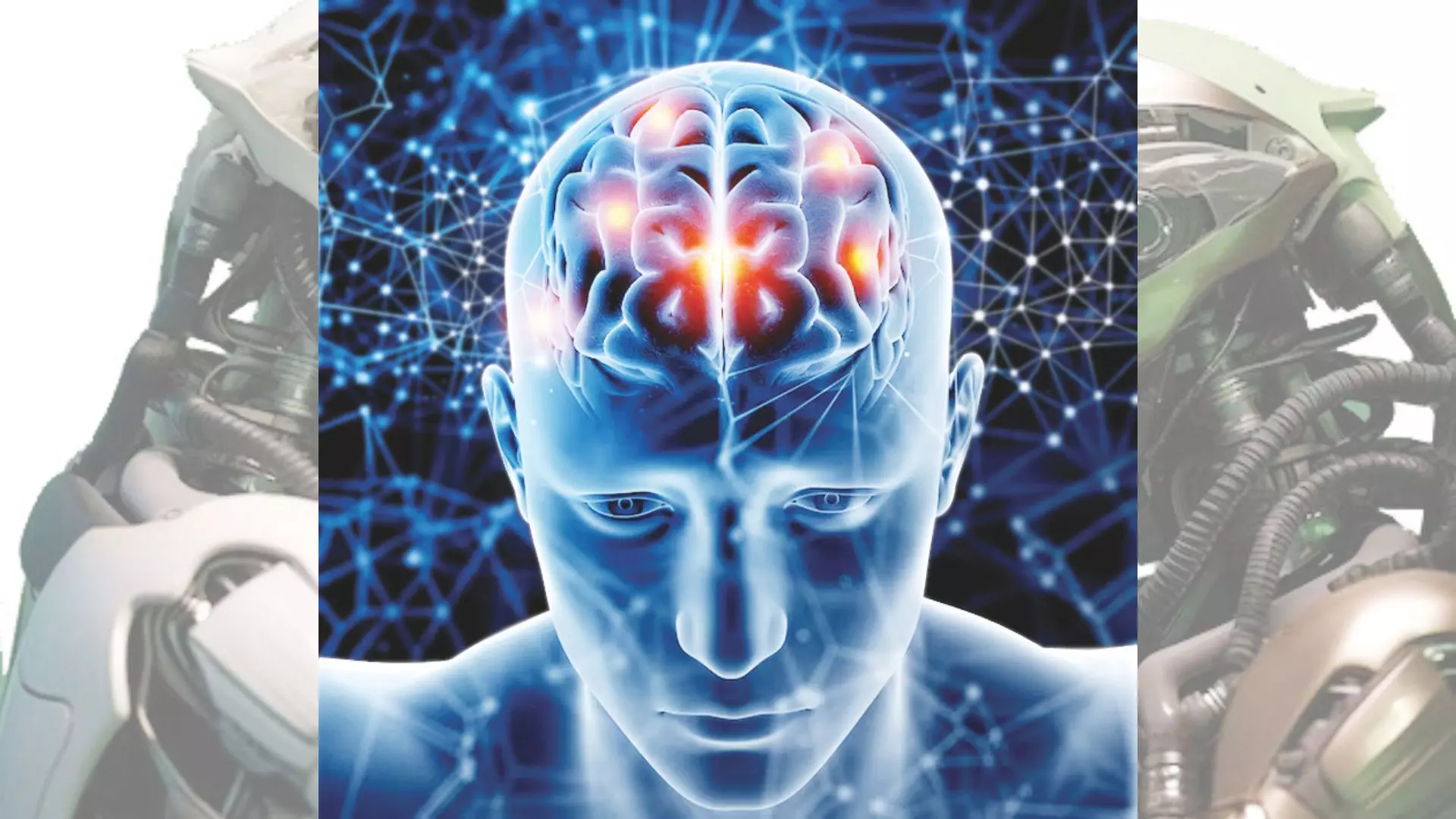
You’ve probably heard of test-tube babies, but have you ever encountered the concept of a human brain grown in a petri dish? Before any dramatic imagery comes to mind, it’s important to clarify that it’s not as graphic as it may seem. These are brain organoids — 3D tissue structures grown in a laboratory from stem cells.
They resemble specific parts of the human brain and are used for research into brain development, function, and disease. However, they are not fully developed brains, but rather small clusters of neurons, the largest being 1 centimetre in size, forming simple neural networks. Yet, concerns have been raised about these miniature brains, with the primary issue being, ‘What if they develop consciousness?’ alongside other ethical issues.
Brainy History
Dr. Thomas Hartung, a renowned toxicologist and director of the Centre for Alternatives to Animal Testing at Johns Hopkins University, explains: “The ability to generate brain cells from fully developed tissues, such as skin, was achieved in 2006 through a groundbreaking technique developed by John B. Gurdon and Shinya Yamanaka, who were awarded the Nobel Prize in 2012. Their method enabled us to mass-produce three-dimensional brain cell cultures known as brain organoids.”
The first brain organoids were developed around 2010, when Japanese biologist Yoshiki Sasai from Kyoto University Graduate School of Medicine, along with Juergen Knoblich and Madeline Lancaster from the Institute of Molecular Biotechnology at the Austrian Academy of Science, successfully generated the first brain-like tissues from stem cells. They achieved this by using signals in 3D cell cultures to guide neural development.
Since then, numerous research groups have advanced the process, extending it from simple tissue cultures to those that can grow over long periods.
Marrying the OI and AI
Dr. Hartung says that when he first spoke about brain organoids, people immediately started questioning him about what would happen if these miniature neural networks gained consciousness. “At the time, I said no, since they don’t have any input or output, or the means to interact with their environment, what would they be thinking about?”
But it struck him later as to what would happen if the brain organoids were given an input and were trained to produce an output. “We developed a recording/stimulation device that looks like a mini-EEG cap (a device that measures electrical activity in the brain) that surrounds the organoid,” Dr. Hartung adds.
He then introduced the organoids to very simple forms of learning. “Our friends at the Cortical Labs in Australia have taught them to play pong, a 1970s video game, where the organoid was expected to hit the ball with a paddle whenever it approach-ed,” says Dr. Hartung. Although the mini-brain missed it several times, it learned the game within 5 minutes.
“We call this criticality where after feeding it information, the neurons start to reorganize themselves in ordered structures, to adapt and process the information they were given” he adds.
“My dream is for AI and OI to interact with each other and see what kind of thoughts they exchange and how they explore each other’s capabilities,” says Dr. Hartung. The integration of two disruptive technologies —artificial intelligence (AI) and synthetic biological intelligence (also known as organoid intelligence) — has the potential to revolutionise computing, drug development, and the search for cures for neurodegenerative diseases.
Fear, Myths, & Ethics
Harshita Verma, a student pursuing a BSc. in Computer Science from Mumbai, express-ed her worry about this experiment stating, “AI has already caused trouble by being the reason behind so many lay-offs in companies, I just wonder what would happen if such kind of technology also comes into existence.”
Although Verma’s worries are not invalid, Dr. Hartung assures that the experiment is still at a very nascent stage for it to pose any real threat. “So far, we have developed cultures that are only half a millimetre large and don’t contain the number of neurons required to develop consciousness or the ability to feel emotions,” he adds. Speaking about feelings, academicians have also raised concerns over the ability of organoids to feel pain if induced, which may create a cycle of suffering. However, as per Dr. Hartung, due to the lack of pain receptors, these organoids are far from feeling anything yet.
“But we do face a few complex ethical issues, with one being what should we do if, while studying a cell, we discover genetic information indicating a disease that the donor is unaware of or has not yet been diagnosed with? Who do we inform?” poses Dr. Hartung. “Hence we work with ethicists and consult them at each step we take” he adds.
Future of AI-OI Merger
Until now, we have known about Elon Musk’s famous venture of introducing technology to biology, with his company Neuralink which aims to create implan-table brain-computer interfaces that may enable direct communication of the human brain with external devices. However, with Organoid Intelligence, introducing biology to technology is slowly gaining traction too.
“The brain is a very energy-efficient computer. It surely cannot compete with silicon-valley supercomputers in terms of solving complex problems in record-breaking time, but it can surely produce accurate results even if provided with lesser information as opposed to a supercomputer,” says Dr. Hartung. Moreover, the brain is good at making intuitive decisions and learns continuously in comparison to silicone-based computers.
Not just efficient computing, but Organoid Intelligence may also help in drug development and minimize animal testing. “Drug development often relies on testing in rodents, but the human cerebral cortex differs significantly. As a result, many brain-targeting drugs fail in clinical trials because animal models don’t accurately represent the human brain,” says Dr. Hartung.
Experimentation is a wild ride filled with uncertainty, where the needle of possibility might go completely in the wrong direction. At first glance, it might seem we’re teetering on the edge of a humanoid uprising (which, let’s be honest, is unlikely). However, the fusion of organoid intelligence with artificial intelligence could illuminate a brighter path ahead, where these two potentially destructive forces come together to craft something remarkably constructive.
